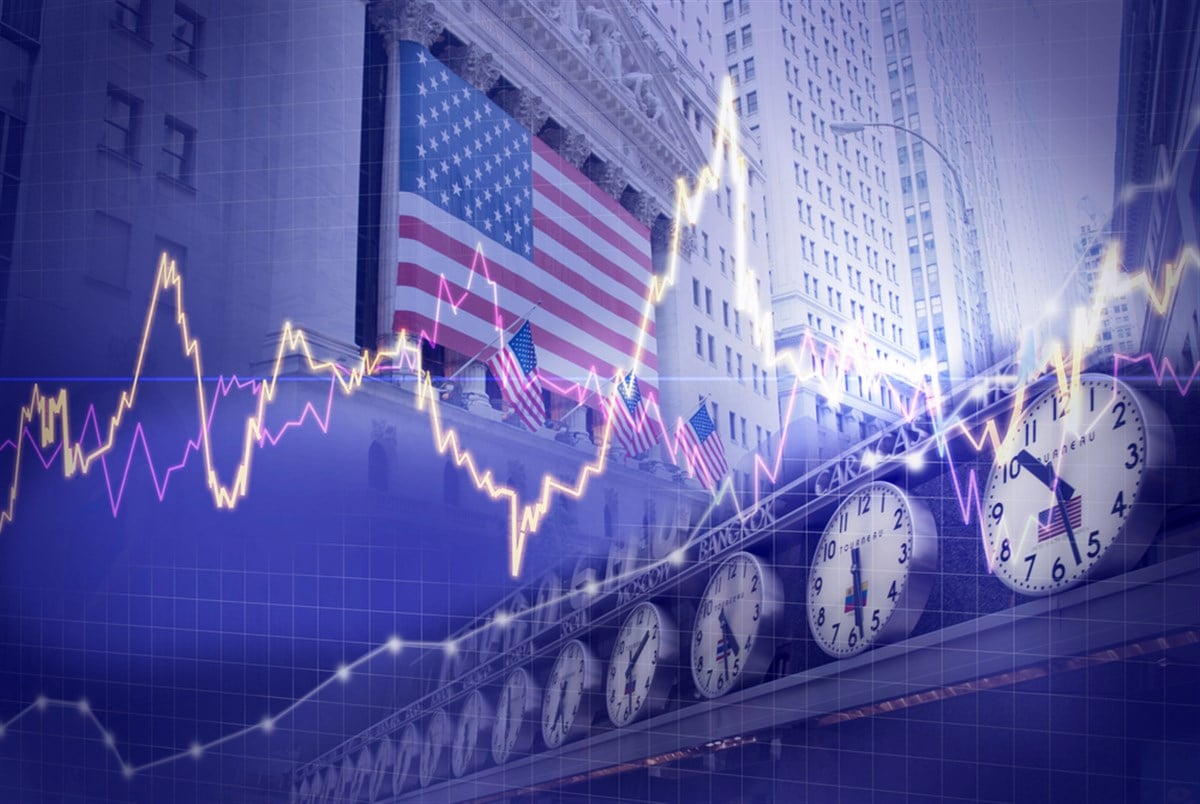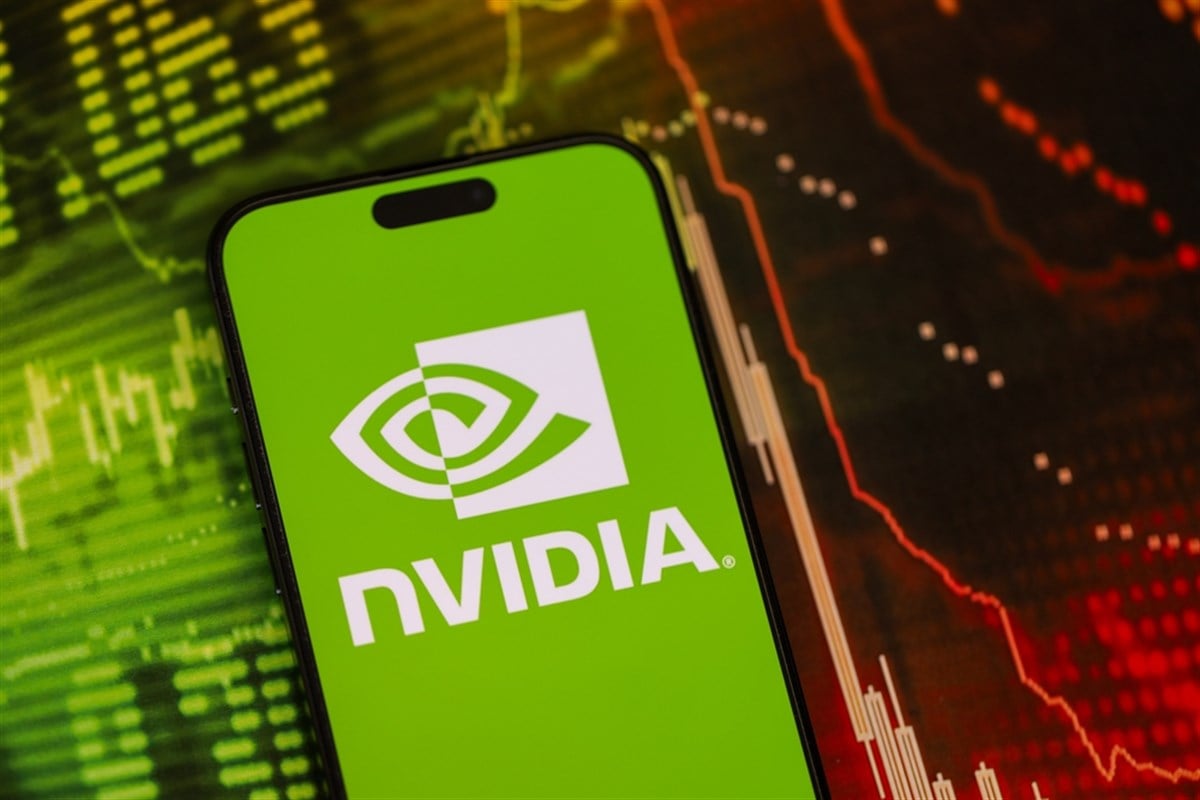The Ultimate Trump Bump: These Gov't Backed Stocks Are Exploding

In 2025, two of the market's best-performing stocks of the year aren’t AI-focused tech companies but rather two of the United States' largest government-sponsored entities (GSEs). These stocks are Fannie Mae (OTCMKTS: FNMA) and Freddie Mac (OTCMKTS: FMCC). Respectively, these names have provided total returns of approximately 145% and 181% in 2025, as of the July 1 close. So, how is President Trump driving the massive gains in these finance stocks, and what's on the horizon?
Privatization Possibilities: The Massive Force Behind Freddie and Fannie’s Surge
The reason for the rapid rise in Fannie and Freddie’s share prices is the increasing possibility that the two could become private companies. Comments from President Trump are driving this idea. But, before getting into them, it’s important to understand what Fannie and Freddie do.
Fannie and Freddie issue mortgage-backed securities (MBS), which they guarantee to pay. When sold by private companies, MBSs are far riskier fixed-income investments that make interest payments based on people paying their mortgages.
However, as the financial crisis has proven, people paying their mortgages is far from a sure thing. Mortgage defaults caused a breakdown of the private MBS market, leading to plummeting home prices and creating a wider economic disaster. That’s why, after 2008, the government placed Fannie and Freddie under conservatorship. Hundreds of billions in funding from the U.S. Treasury backstop the MBS they issue. If too many people default on their mortgages today, the U.S. Treasury will step in to make MBS holders whole. This helps prevent a future crisis.
However, due to the conservatorship, the U.S. Treasury also receives all the profits Fannie and Freddie generate. This means that Fannie and Freddie cannot pay out dividends or buy back stock. They also must operate under strict rules that limit their profit-making abilities. However, President Trump could change this.
On May 21, Trump said he is giving "very serious consideration to bringing Fannie Mae and Freddie Mac public." Although the wording is confusing, he is referring to ending the conservatorship. He wants to give control of Fannie and Freddie back to private shareholders, rather than the government. The next day, shares jumped 51% and 42%, respectively, showcasing the enthusiasm of many investors. So, why exactly does the potential for these names to become private again have many investors excited?
Pre-2008 Valuations Show the Past Investors Hope to Rekindle
Going private would allow Fannie and Freddie to pay out dividends and buy back stock—two key ways to return capital to shareholders. Additionally, it would unlock their ability to generate profits. Instead of having to send their profits to the government, they could invest in new growth areas. The attractiveness to investors of the two becoming private is clearly demonstrated by looking at their market capitalizations before 2008.
On July 1, 2007, Fannie’s market cap was approximately $65 billion, while Freddie’s was around $41 billion. Prior to Election Day in 2024, those numbers were around $7.5 billion and $4 billion, respectively. Since Nov. 1, Fannie shares are up approximately 600% and Freddie shares are up 550%. As of the close on July 1, 2025, Fannie's market cap reached over $52 billion, while Freddie hit over $25 billion. Trump’s statements are driving all of this, as he floated privatization during his first term. So, where does this all leave investors now when it comes to Fannie and Freddie?
Speculative: Fannie and Freddie's Middle Name
Investors won’t find many analysts putting out price targets on these names. However, analysts at Keefe, Bruyette & Woods (KBW) did place price targets on the stock back in January. For Fannie, their target is $4, implying a 56% downside in shares. Their Freddie price target is $4.50, implying shares could fall 43% from their July 1 closing price. They raised their price target on both, noting that the likelihood of privatization has increased measurably. Still, there are roadblocks in the way.
Privatization would likely require congressional action; it would be difficult for Trump to do it on his own. Additionally, KBW says that Fannie and Freddie owe the U.S. government around $200 billion. The government would need to forgive this debt for the two to be financially sound. That’s likely not something that would sit well with many American voters. Overall, speculative is clearly the right word to describe owning Fannie and Freddie shares at this point. Doing so assumes that the current administration would be willing and able to undergo a massive political undertaking that likely would be unpopular.
Learn more about FNMA


